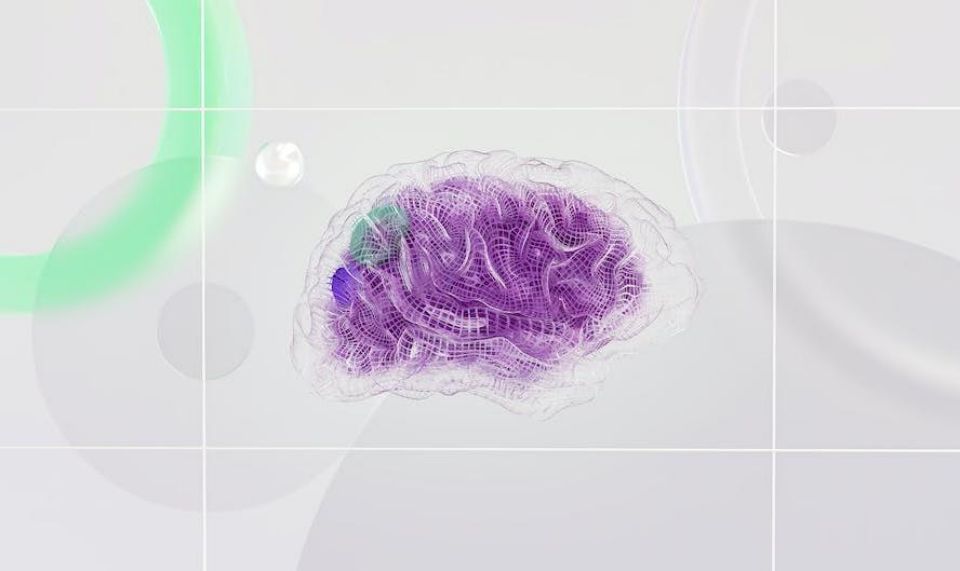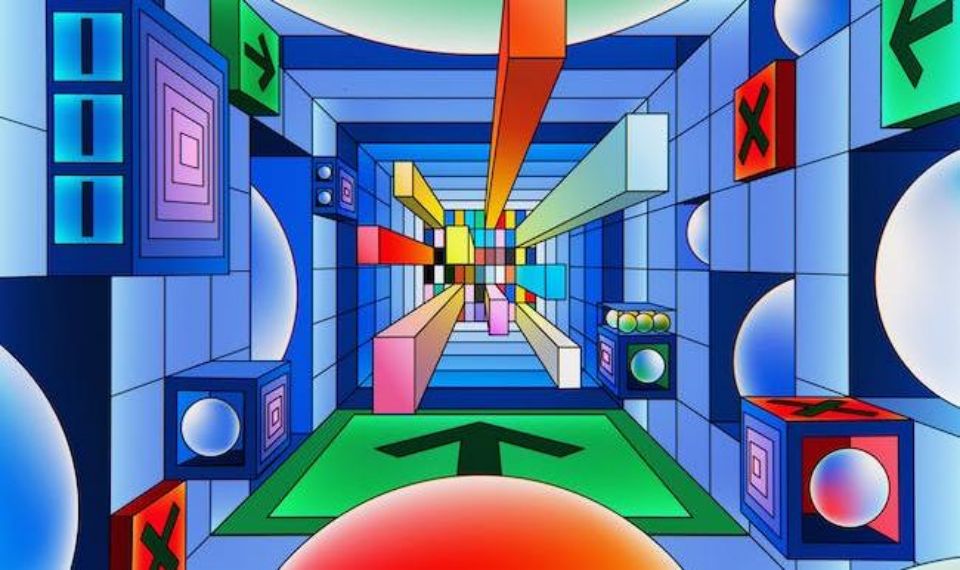
The dawn of 3D printing technology has brought about a paradigm shift, transforming traditional manufacturing processes. This innovative procedure allows us to create three-dimensional models from a digital file through a process called additive manufacturing.
Before delving into the fascinating world of 3D printing, it’s first worth understanding how it works. The process begins with a concept, evolved into a virtual design using a 3D modelling software. After the design is finalized, it is sliced into numerous thin layers using another computer software. These layers are then meticulously printed one over the other, forming a solid three-dimensional object.
One of the most intriguing uses of 3D printing that I’ve come across is in the healthcare sector. More specifically, in the field of prosthetics. Prosthetic limbs are a lifeline for those who’ve faced the unfortunate event of limb loss. Traditional prosthetic limbs are often expensive, and the process to obtain one is tiresome. But with 3D printing, this scenario is changing.
Let’s take the case of a non-profit named e-NABLE that provides free 3D printed prosthetic hands and arms to those in need. The organization offers an array of prosthetic designs, accommodating everyone from children to adults. They generate the prototypes utilizing 3D printers and thermoplastic filament, which is a durable, lightweight, and flexible material perfect for those in need of prosthetic limbs.
Prosthetic limbs need to fit perfectly for the user to navigate life easily. To achieve this, e-NABLE first takes a precise 3D scan of the affected limb. This scan is then converted into a digital model. The model is carefully tweaked to fit the user’s specific needs, ensuring that it provides the best possible comfort and function. This customization is not commonly available in traditional prosthetics, making 3D printed prosthetics unique and more beneficial.
After the design is customized, it is sent to a 3D printer. The printer works tirelessly, adding layer upon layer of thermoplastic filament with laser-sharp precision. This process goes on for hours, resulting in a perfectly formed prosthetic limb. The limb is then removed from the printer, the excess filament is cleaned up, and it is ready to change a life.
Lying at the juncture of empathy and innovation, this use of 3D printing technology is a beautiful example of how technology can improve lives. Not only does it make prosthetics more accessible and affordable, but it also signifies hope. A hope for a future where technology can be harnessed for the betterment of society.
Exploring 3D printing’s capabilities, it’s exciting to think about what other innovations might arise as this technology evolves. From disrupting traditional production processes to the way we approach healthcare and beyond, 3D printing undoubtedly holds the potential to revolutionize the world around us.









